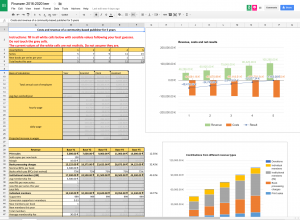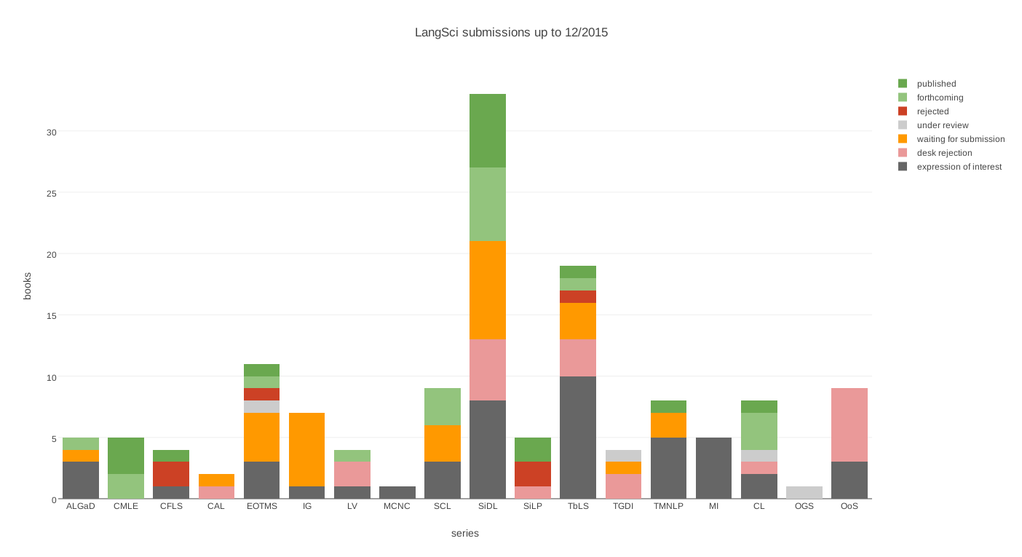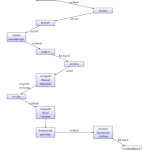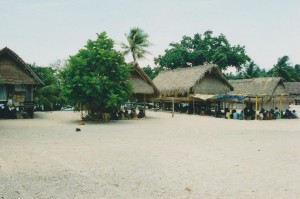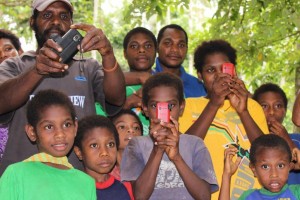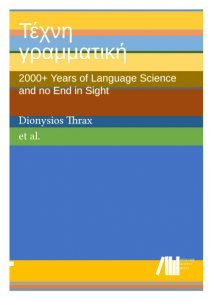Our main format of distribution is pdf, but we also offer printed copies via print-on-demand service providers. In this post, I want to shed a bit of light on the factors which influence our choices in this domain.
Criteria
The following four criteria are essential:
- can accommodate our format of 170mm x 240 mm
- listed in the German registry Verzeichnis lieferbarer Bücher
- world wide distribution
- good quality books with regard to layout and printing
The following other criteria are nice to have
- choice between softcover and hardcover
- use of own ISBNs
- no setup fee.

